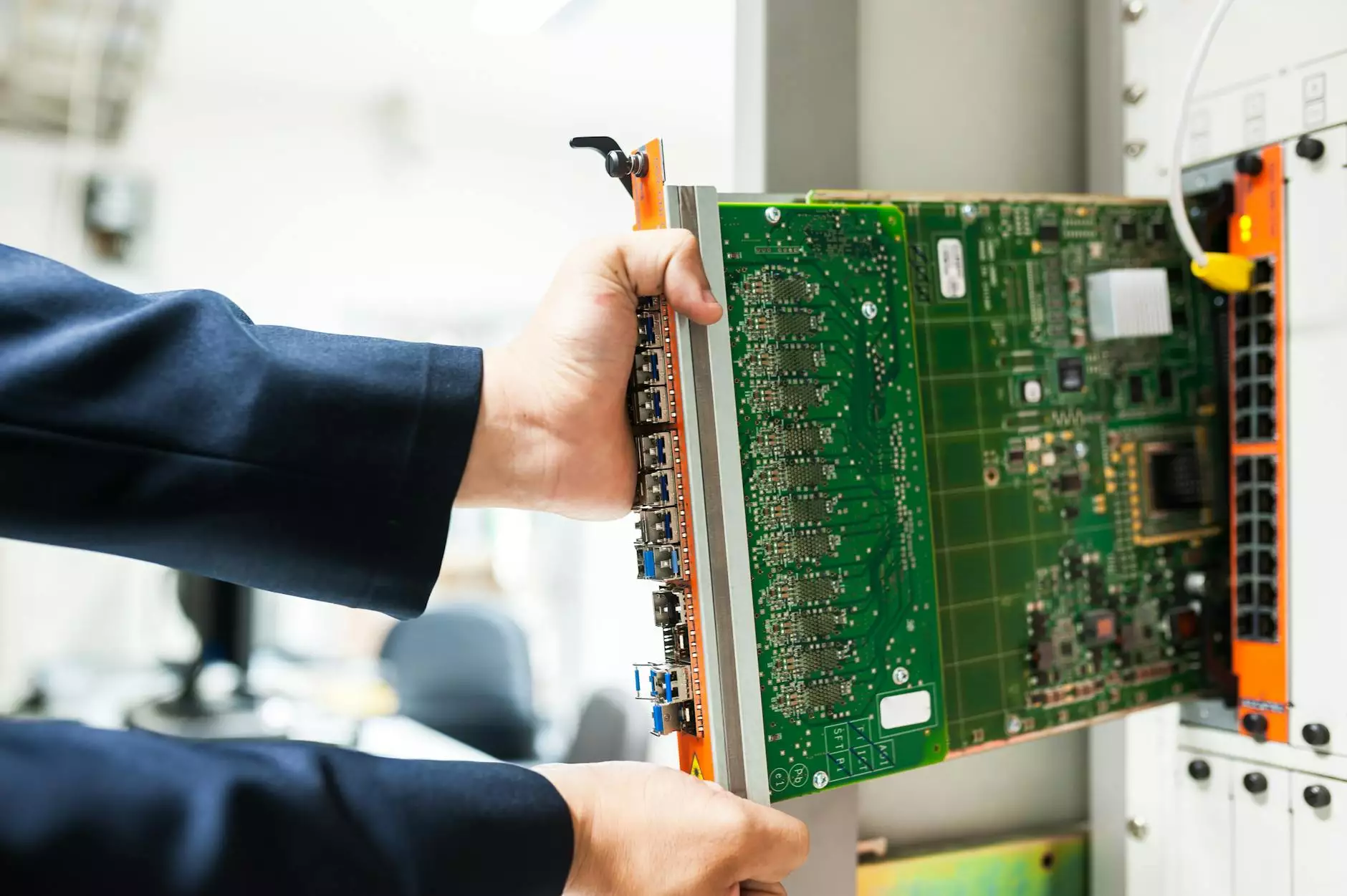The **Difference Between Nebulizer and Oxygen Machine**: A Comprehensive Guide

In the realm of home health care, understanding the various devices used to support respiratory health is essential. Two commonly referenced devices are the nebulizer and the oxygen machine. While they may seem interchangeable at a glance, they serve very different purposes and are used to address unique health conditions. This guide will delve deeply into the difference between nebulizer and oxygen machine, exploring their functions, applications, benefits, and much more.
1. What is a Nebulizer?
A nebulizer is a small device that converts liquid medication into a fine mist, allowing the medication to be inhaled directly into the lungs. Typically used to treat respiratory conditions such as asthma, chronic obstructive pulmonary disease (COPD), and other lung diseases, nebulizers have become a staple in many households.
1.1 How Does a Nebulizer Work?
The operation of a nebulizer is straightforward. It usually consists of:
- Air Compressor: This part generates a flow of air that breaks the medication into aerosolized droplets.
- Medication Cup: This is where the liquid medication is placed. Depending on the prescription, the medication may contain bronchodilators, steroids, or other therapeutics.
- Mask or Mouthpiece: Patients can inhale the mist through a mask that fits over the face or a mouthpiece that they hold in their mouths.
1.2 Benefits of Using a Nebulizer
There are numerous advantages to using a nebulizer:
- Direct Delivery: Medications delivered via nebulizers act quickly, as they go right into the lungs.
- Ease of Use: The devices are easy to operate, making them suitable for young children and the elderly.
- Variety of Medications: Nebulizers can accommodate a range of medications, including steroids and bronchodilators.
2. What is an Oxygen Machine?
Commonly referred to as an oxygen concentrator or oxygen therapy device, an oxygen machine is specifically designed to provide supplemental oxygen to patients suffering from conditions that result in low oxygen levels in the blood. Conditions such as COPD, pneumonia, or severe asthma may necessitate the use of an oxygen machine.
2.1 How Does an Oxygen Machine Work?
Oxygen machines function by drawing in ambient air, filtering it, and concentrating the oxygen to deliver it through a nasal cannula or mask. Here’s how they generally work:
- Air Intake: The machine sucks in air from the environment.
- Filtration: It filters out nitrogen, leaving behind concentrated oxygen.
- Delivery: The concentrated oxygen is delivered to the patient via tubes or a mask.
2.2 Benefits of Using an Oxygen Machine
The use of an oxygen machine offers several key benefits:
- Increases Oxygen Levels: Provides essential oxygen that can be vital for patients unable to get adequate oxygen through normal breathing.
- Portable Options Available: Many modern units are lightweight and designed for mobility, making them convenient for home use or while traveling.
- Chronic Conditions Management: Long-term use of oxygen therapy can improve quality of life for patients with chronic respiratory issues.
3. Key Differences Between a Nebulizer and Oxygen Machine
While both devices are crucial in the management of respiratory conditions, the difference between nebulizer and oxygen machine is significant in terms of their functionalities.
3.1 Purpose of Use
The most apparent distinction lies in their intended use. Nebulizers are primarily for delivering aerosolized medications, while oxygen machines are designed to increase oxygen levels in the body.
3.2 Type of Treatment
- Nebulizer: Treats respiratory conditions by delivering medication directly to the lungs.
- Oxygen Machine: Provides a steady flow of oxygen to patients who require additional support.
3.3 Patient Needs
Patients with conditions like asthma or allergies may benefit more from nebulizers, while those with chronic low oxygen saturation levels due to conditions like COPD would require an oxygen machine.
3.4 Administration Method
The administration of treatments is also different:
- Nebulizer: Inhaled as a mist through a mask or mouthpiece.
- Oxygen Machine: Delivered through a nasal cannula or face mask.
4. When to Use Each Device
Knowing when to use a nebulizer versus an oxygen concentrator is crucial for effective treatment.
4.1 Situations Best Suited for Nebulizers
Use a nebulizer when:
- You have a prescription for medication to treat respiratory symptoms.
- You are experiencing asthma attacks or heightened levels of breathing difficulty.
- Your doctor recommends nebulized medication over oral options.
4.2 Ideal Scenarios for Oxygen Machines
Opt for an oxygen machine if:
- You have been diagnosed with a condition that causes your blood oxygen levels to drop.
- Your doctor has prescribed supplemental oxygen for long-term use.
- You experience symptoms of low oxygen such as shortness of breath or fatigue even at rest.
5. Conclusion: Choosing the Right Device for Your Health Needs
In summary, understanding the difference between nebulizer and oxygen machine is essential for effective treatment and management of respiratory conditions. While nebulizers play a critical role in delivering medication for various lung ailments, oxygen machines are indispensable for providing essential oxygen to those in need.
Always consult with a healthcare professional to determine the most suitable device for your specific health needs. Whether you're managing a chronic respiratory condition at home, assisting someone in your family, or simply seeking more information, both devices have vital roles in respiratory therapy. By understanding their differences and applications, you can make informed decisions to enhance your health and wellness.
For more information on nebulizers, oxygen machines, and other home health care products, visit us at raaroxy.com.









